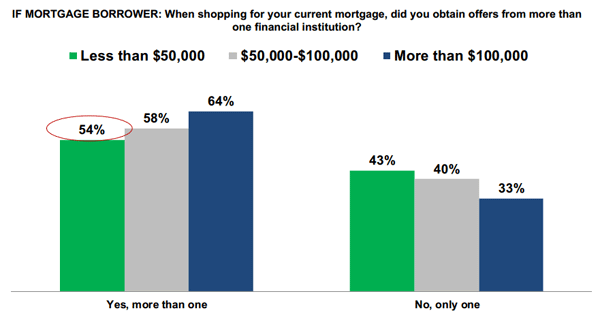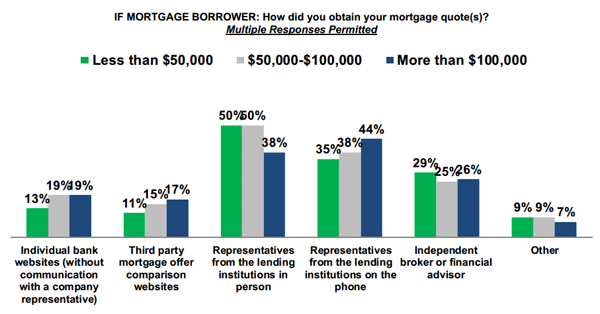How to manage housing debt is often the single biggest financial decision a person has to make. For those with the luxury to pay off their debt, the question is whether doing so is a wide decision. Although widely discussed, the President and Congress have not yet eliminated the mortgage interest deduction. Is paying off your mortgage early a good idea?
Pros
- Paying of a mortgage early reduces the associated interest cost of a loan. On a 30 year fixed rate loan of $300,000 at 4%, the interest cost over the life of the loan is $177,000. That is over 50% of the original loan value. And because it’s a reduction on spending, the savings are equivalent to getting a guaranteed tax free return.
- An early payoff will increase the value of home equity. The amount of equity the homeowner possesses will increase which can then be used as a fallback source of capital in tough times. Given that most retirees live on a fixed income budget, simultaneously lowering monthly expenses and having a source of readily accessible funds should the need arise is a powerful combination.
- Peace of mind. Another, less easily quantifiable benefit to paying off a mortgage ahead of time is the psychological lift that one gets from being without such a burdensome debt load. Particularly in these difficult economic times, where having any debt has become an anathema, this alleviation of a major source of potential concern cannot be easily dismissed.
Cons
- You will be losing a tax refund benefit. Assuming that the mortgage interest deduction is not eliminated in future tax and spending negotiations by the Federal government, homeowners receive a significant tax benefit from holding a mortgage. The tax benefit varies depending on how far along you are in your mortgage. Because fixed rate loans are structured so that interest is paid in the early years of the loan, the tax benefit is greatest during this time period. In the later years of the loan, the interest deduction decreases significantly, because the interest has already been paid.
30 Year Mortgage Interest Savings
|
Year |
Payment |
Interest |
Tax Savings @ marginal rate of 25% |
|
1 |
$17,187 |
$11,904 |
$2,976 |
|
10 |
$17,187 |
$9,619 |
$2,405 |
|
25 |
$17,187 |
$7,947 |
$1,987 |
- Opportunity Cost. The excess capital that would have been otherwise employed in paying off the mortgage can, instead, be used for any number of other things, such as paying off higher interest rate debt, like credit cards, or accumulating savings to hedge against future emergencies. Maintaining sufficient liquidity to deal with the unexpected developments of life is a wise and safe decision. These funds can also be invested in securities, like equities, that traditionally have a much higher return than could be expected from the savings generated off the early retirement of a mortgage loan. In today’s low interest rate environment, finding investments with lower risk profiles than equities that also provide attractive returns is difficult.
- Loss of capital. This is similar to opportunity cost but subtly difference. The cash that you use to pay off a mortgage is now tied into your house. Pulling it out via a home equity loan or by refinancing is not always a sure thing. The cash is no longer readily available.
In the end, the decision on whether or not to pay off a mortgage loan can be reduced to a formula.
If the Real cost of mortgage (Future Payments + Future Interest Cost –Deduction Benefits) > Interest on Other Investments + Peace of Mind.
Then you should pay off the mortgage.
If the Real Cost of a Mortgage is less than the interest you can earn on other investments plus peace of mind, then pay off the mortgage.


